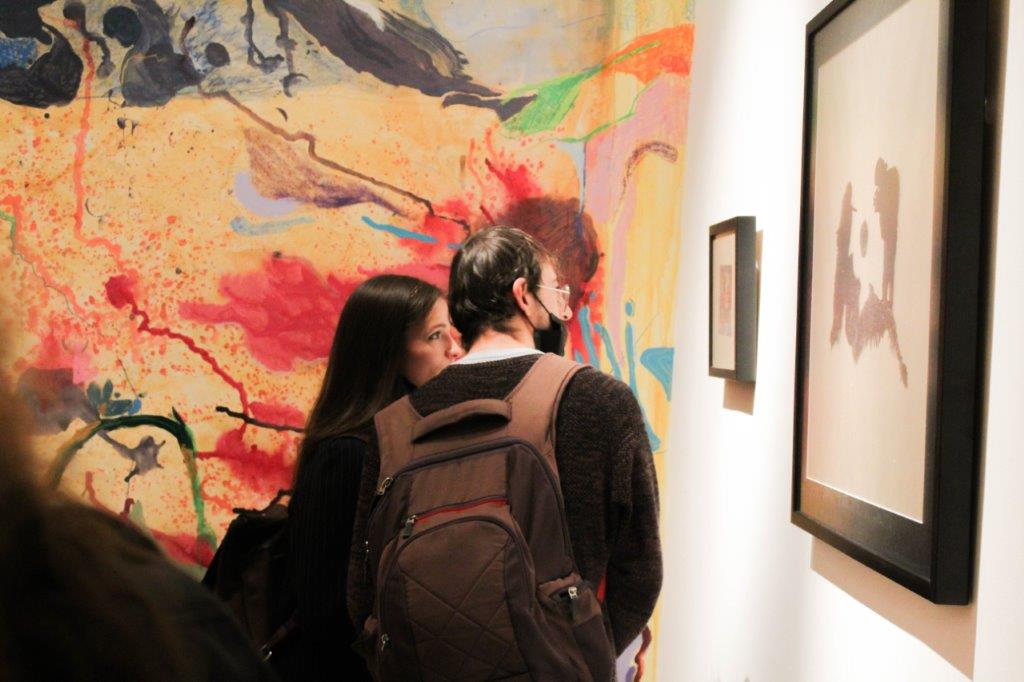
Bank of Palestine presented its sponsorship to the Palestinian Art Court for the opening of its first exhibition entitled “and we still follow its path.” The opening, which took place after a long awaited absence, coincided with the celebration of the fifteenth anniversary of the Hoash and announcing its diverse and new appearance, in harmony with its vision and direction.
The exhibition, which will feature the participation of thirteen artists and artists from all governorates of the country, and whose activities will continue for a whole month at the headquarters of Art Court in Jerusalem, deals with personal and collective relationships and narratives about the Holy City, the ever-changing and stable city, which has always been present in the exhibition halls since its inception.
The general Manager of Bank of Palestine, Mr. Mahmoud Al Shawa, expressed his pride in supporting the cultural and artistic institutions in the city of Jerusalem, including the Hoash, in the context of maintaining the continuity and sustainability of these institutions in light of the difficulties and challenges they have witnessed since the outbreak of the Corona pandemic.
Al Shawa stressed that “We are proud to be part of these good efforts, to protect the cultural and artistic heritage of the city of Jerusalem, with the aim to develop the cultural and artistic scene, in addition to promoting its pioneering role in the progress, civilization and advancement of societies.
In this context, the Director of the Palestinian Art Court, Mrs. Reem Abdel Hadi, added that while the Hoash celebrates its new look, “this exhibition comes to present a new and different story about Jerusalem, the city that is forever present, and it is not a coincidence that the sponsor is Bank of Palestine, which was and continues to be a pioneer in supporting Jerusalem and culture.”
The exhibition constitutes a platform for participating artists to discuss their personal relationship with the city, and to present what they see as an expression of it and its issues, in search of its multiple political, historical and social layers, and the investigation of what is considered a margin of the city, in an effort to explore the components of its identity and it diversity, through the production of narratives that challenge colonial boundaries drawn for city spaces and expressing perceptions stemming from nostalgia and childhood memories.